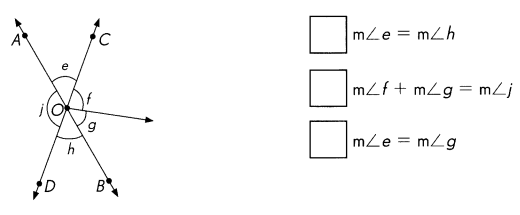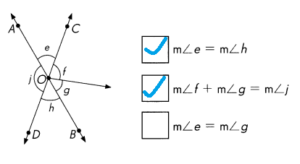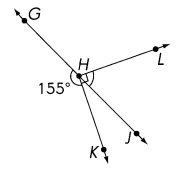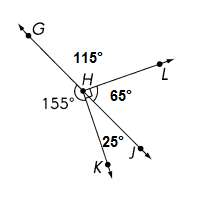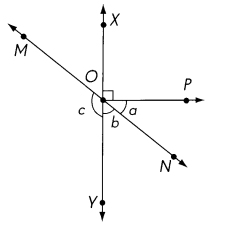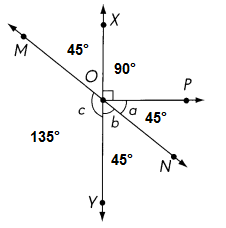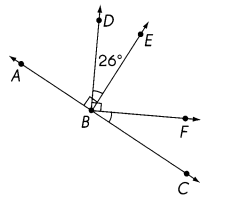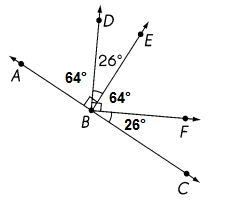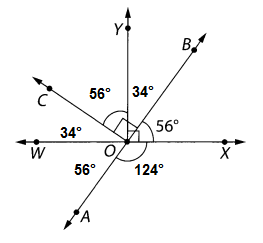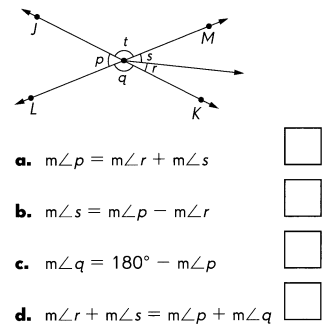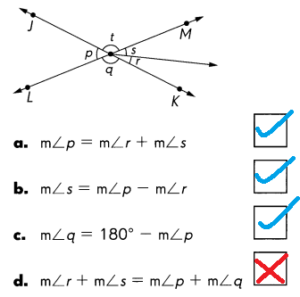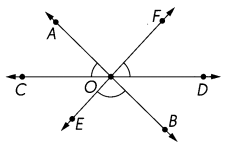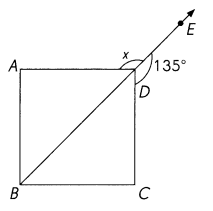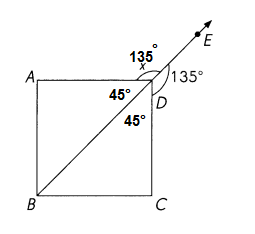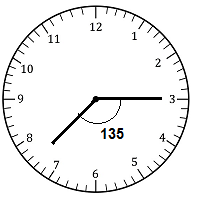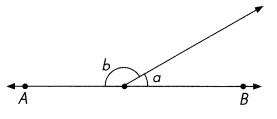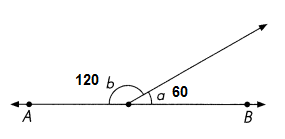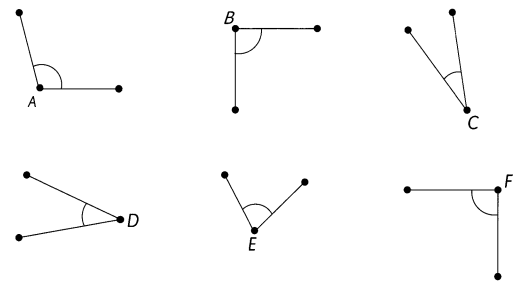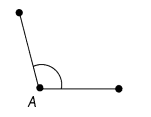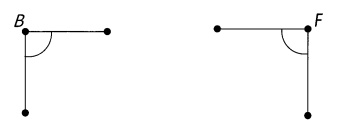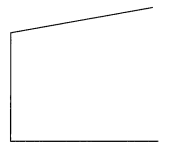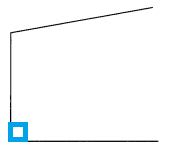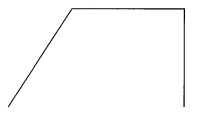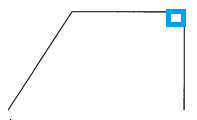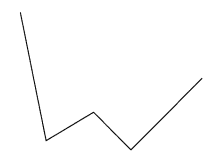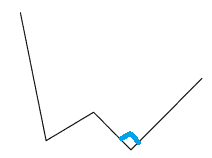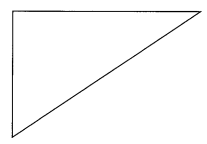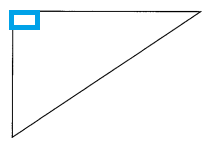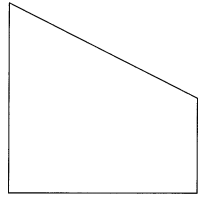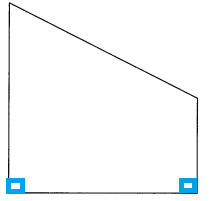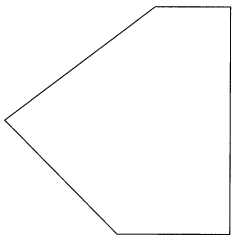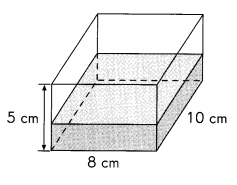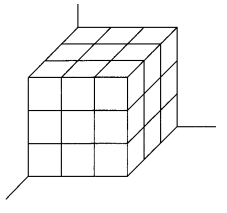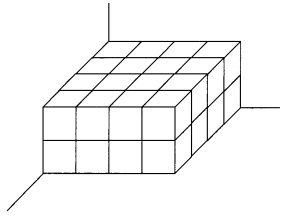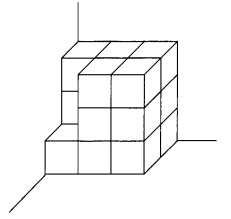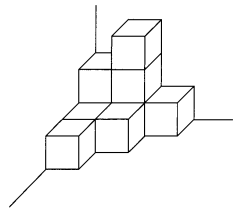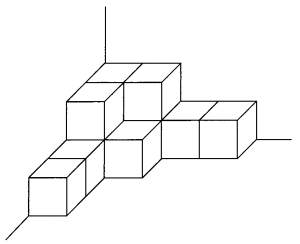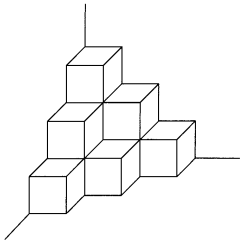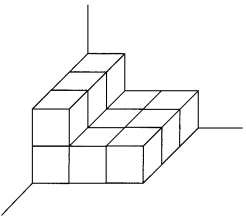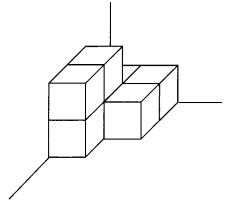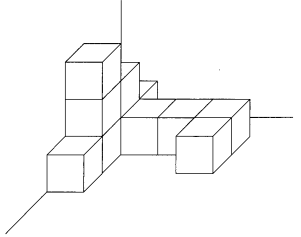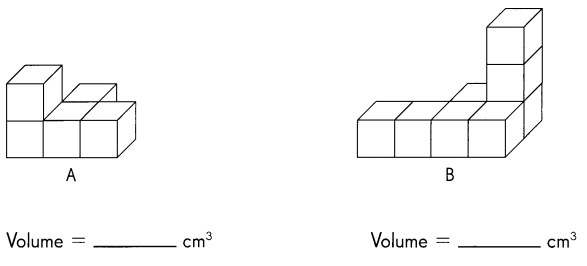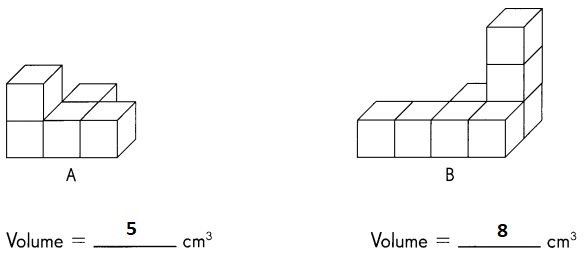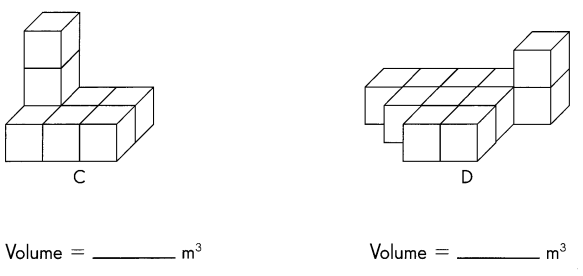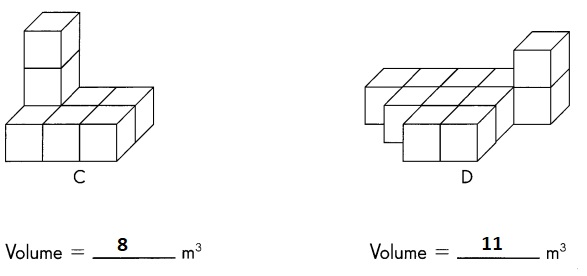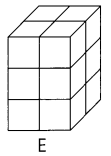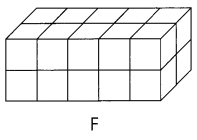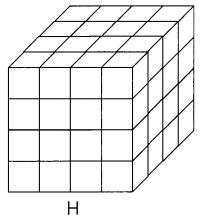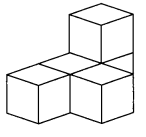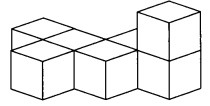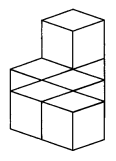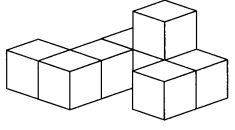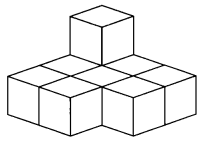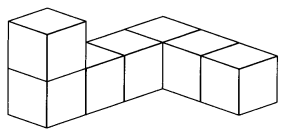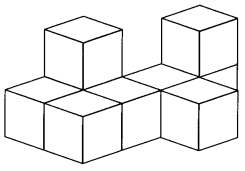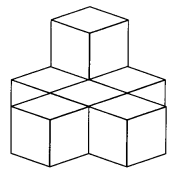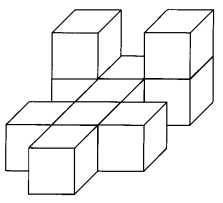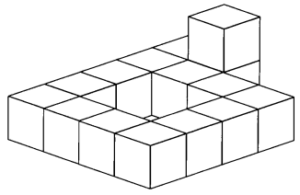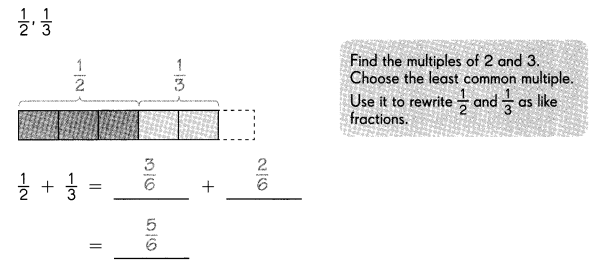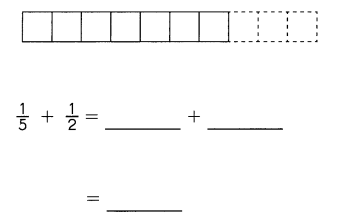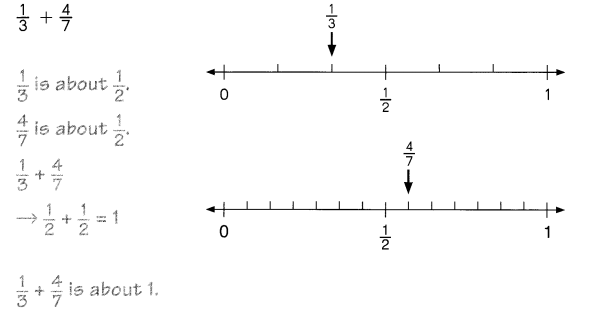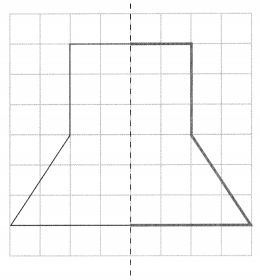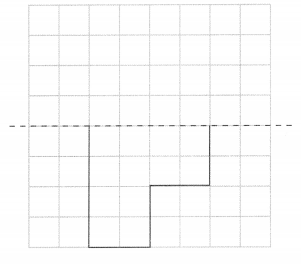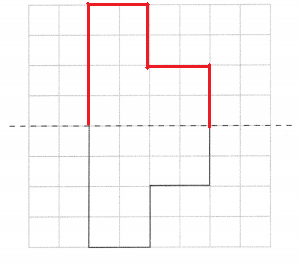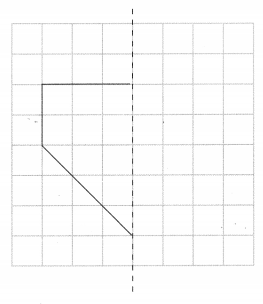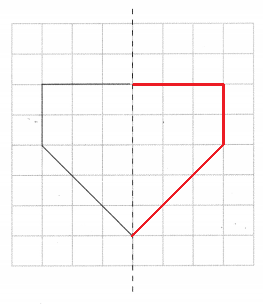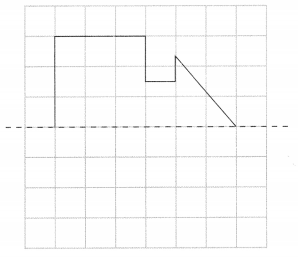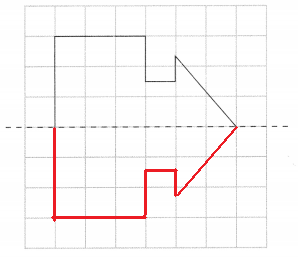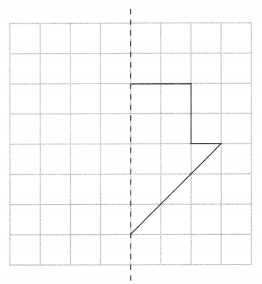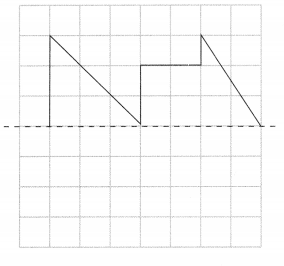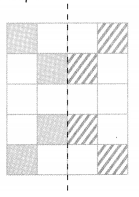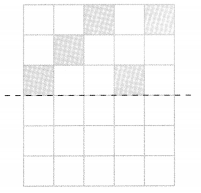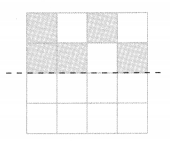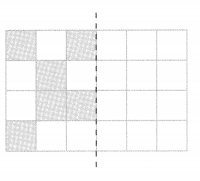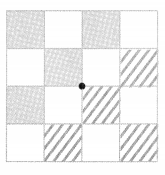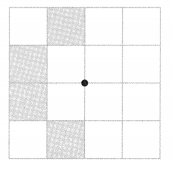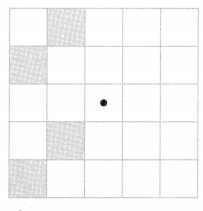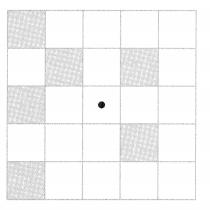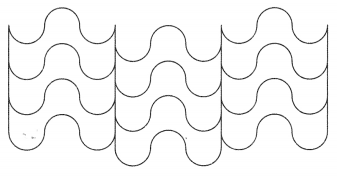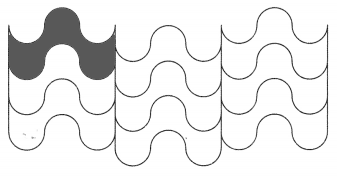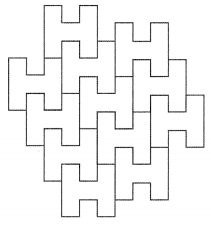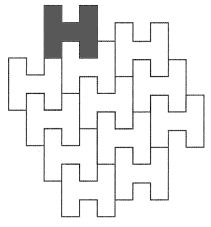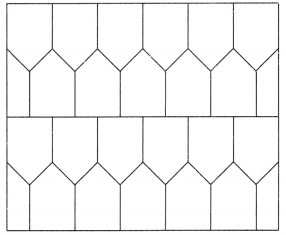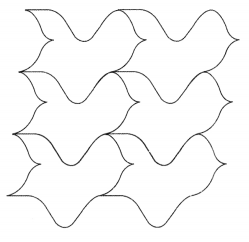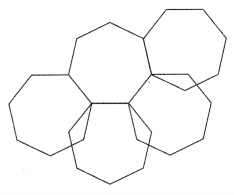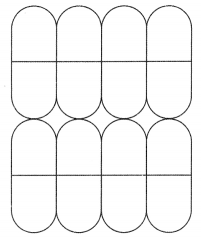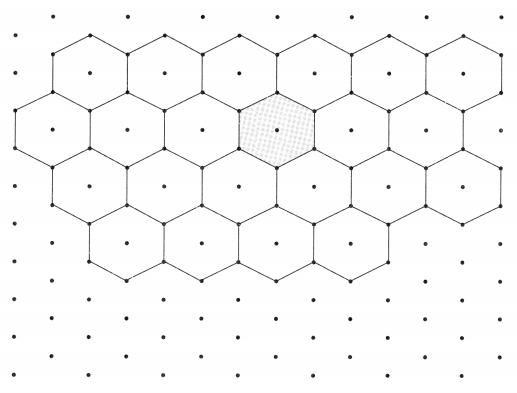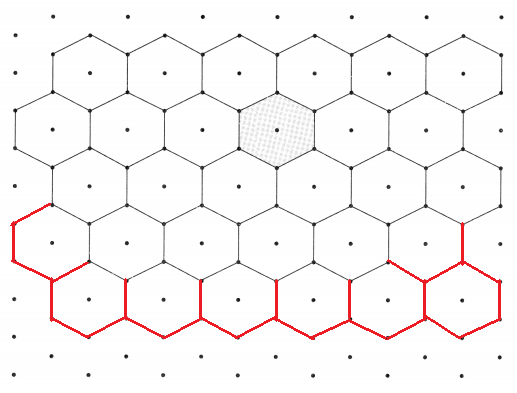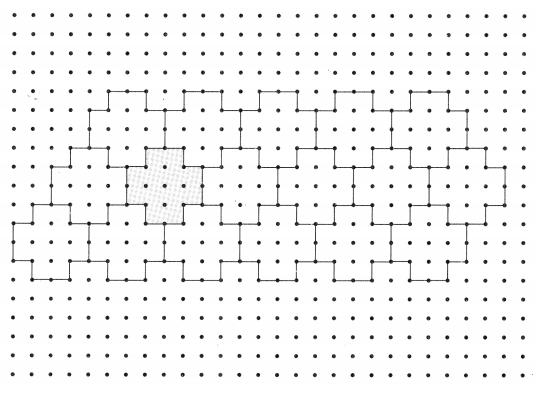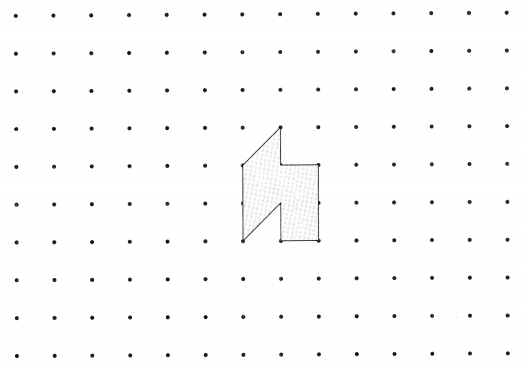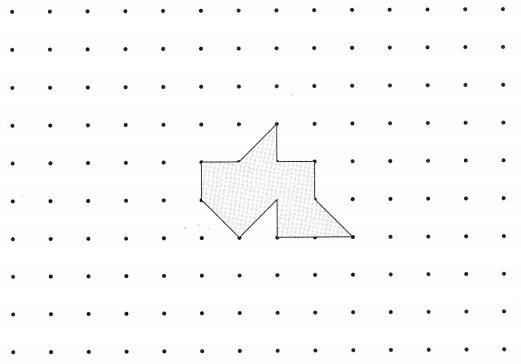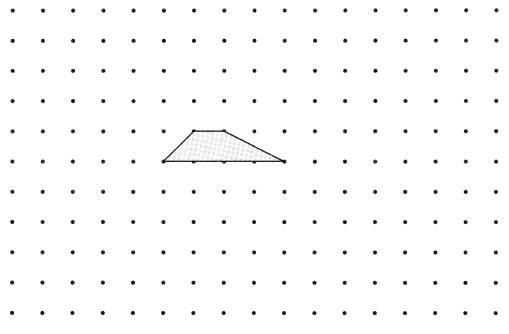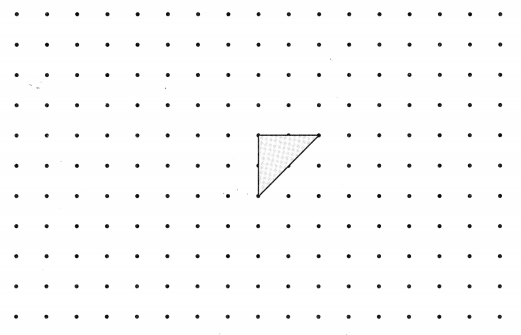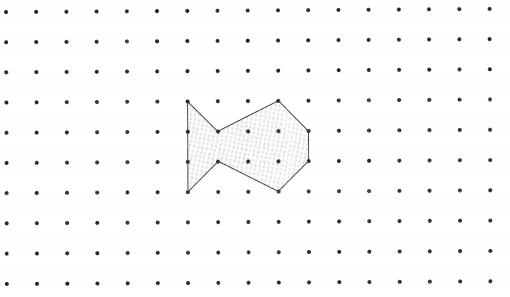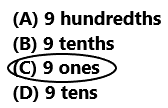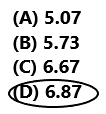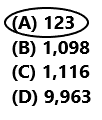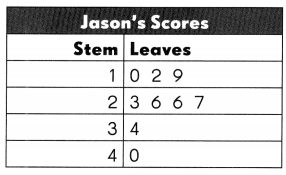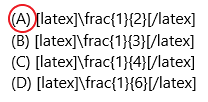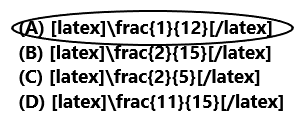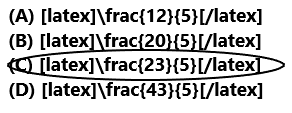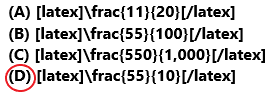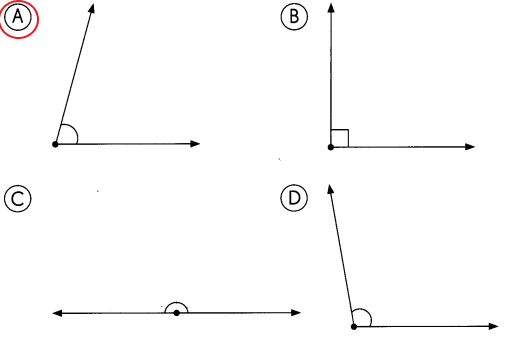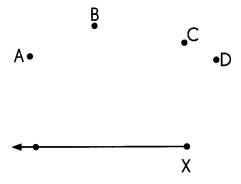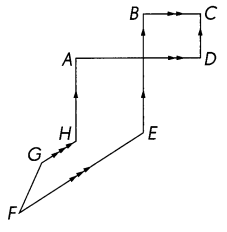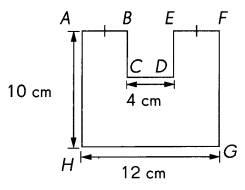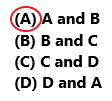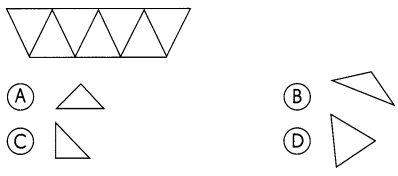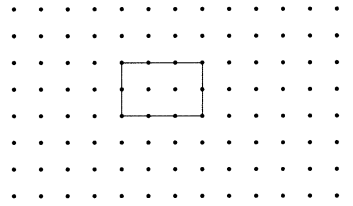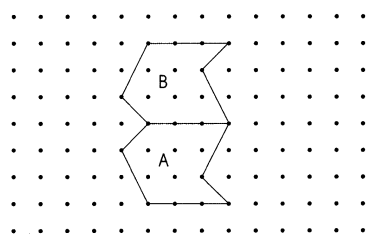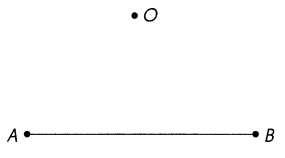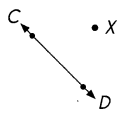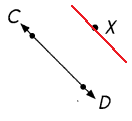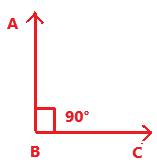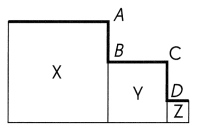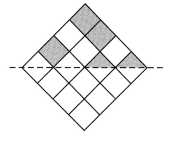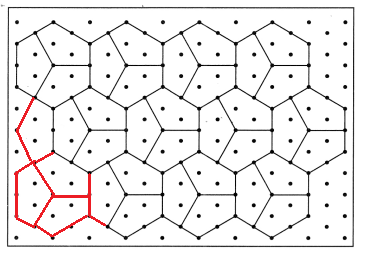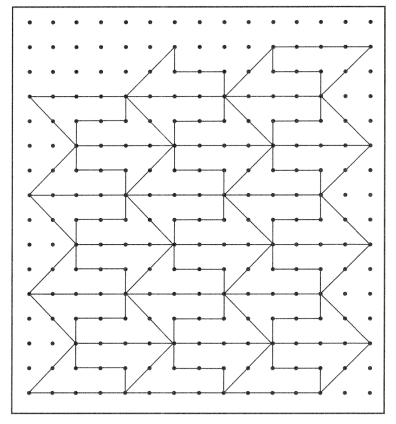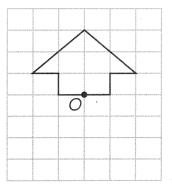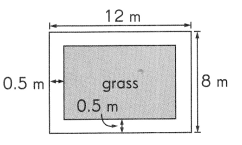Go through the Math in Focus Grade 5 Workbook Answer Key Chapter 1 Practice 3 Place Value to finish your assignments.
Math in Focus Grade 5 Chapter 1 Practice 3 Answer Key Place Value
Complete. Use the place-value chart.

In 345,201:
Question 1.
a. the digit 3 stands for ___________
Answer:
Place value in Maths describes the position or place of a digit in a number. Each digit has a place in a number. When we represent the number in general form, the position of each digit will be expanded. Those positions start from a unit place or we also call it one’s position. The order of place value of digits of a number of right to left is units, tens, hundreds, thousands, ten thousand, a hundred thousand, and so on.
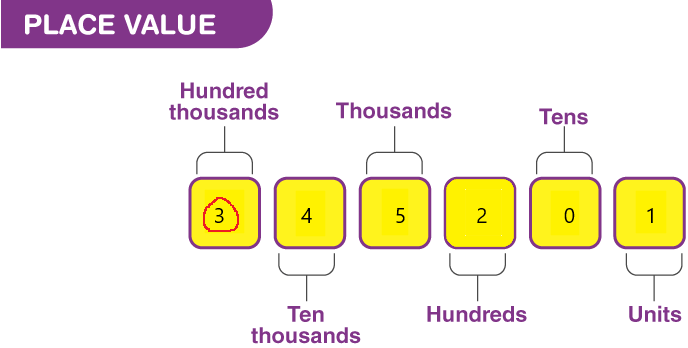
The digit 3 stands for a hundred thousand.
b. the value of the digit 3 is _____
Answer:
1. Place value tells you how much each digit stands for
2. Use a hyphen when you use words to write 2-digit numbers greater than 20 that have a digit other than zero in the one’s place.
3. A place-value chart tells you how many hundreds, tens, and ones to use.
The value of the digit is 300,000.
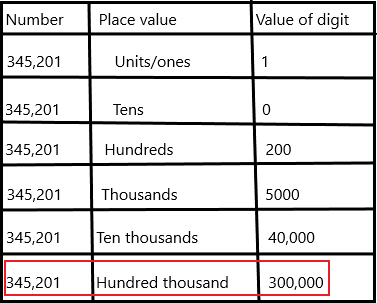
Question 2.
a. the digit 4 stands for ___.
Answer:
Place value in Maths describes the position or place of a digit in a number. Each digit has a place in a number. When we represent the number in general form, the position of each digit will be expanded. Those positions start from a unit place or we also call it one’s position. The order of place value of digits of a number of right to left is units, tens, hundreds, thousands, ten thousand, a hundred thousand, and so on.
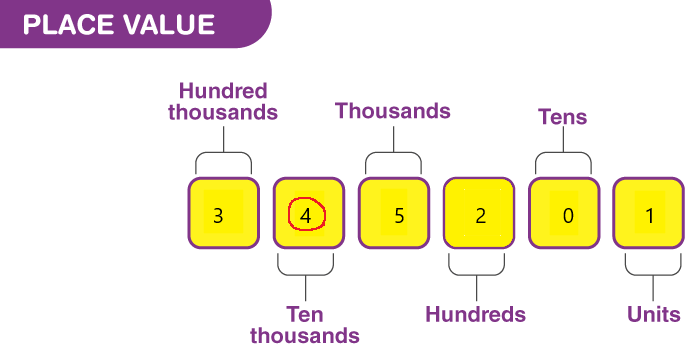
The digit 4 stands for ten thousand.
b. the value of the digit 4 is ______
Answer:
1. Place value tells you how much each digit stands for
2. Use a hyphen when you use words to write 2-digit numbers greater than 20 that have a digit other than zero in the one’s place.
3. A place-value chart tells you how many hundreds, tens, and ones to use.
The value of digit 4 is 40,000.
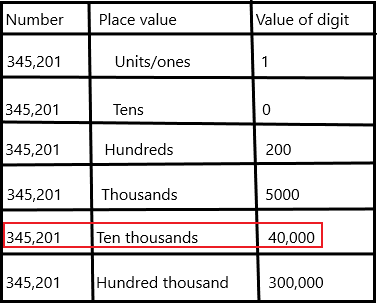
Question 3.
a. the digit 5 stands for ___.
Answer:
Place value in Maths describes the position or place of a digit in a number. Each digit has a place in a number. When we represent the number in general form, the position of each digit will be expanded. Those positions start from a unit place or we also call it one’s position. The order of place value of digits of a number of right to left is units, tens, hundreds, thousands, ten thousand, a hundred thousand, and so on.
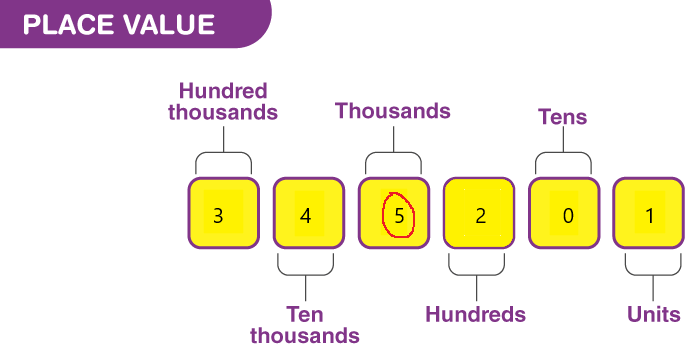
The digit 5 stands for thousands.
b. the value of the digit 5 is ______
Answer:
1. Place value tells you how much each digit stands for
2. Use a hyphen when you use words to write 2-digit numbers greater than 20 that have a digit other than zero in the one’s place.
3. A place-value chart tells you how many hundreds, tens, and ones to use.
The value of digit 5 is 5000.
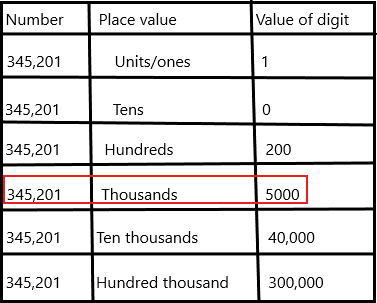
Write the value of each digit in the correct box.
Question 4.
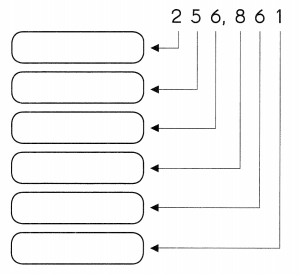
Answer:
Place value in Maths describes the position or place of a digit in a number. Each digit has a place in a number. When we represent the number in general form, the position of each digit will be expanded. Those positions start from a unit place or we also call it one’s position. The order of place value of digits of a number of right to left is units, tens, hundreds, thousands, ten thousand, a hundred thousand, and so on.
1. Place value tells you how much each digit stands for
2. Use a hyphen when you use words to write 2-digit numbers greater than 20 that have a digit other than zero in the one’s place.
3. A place-value chart tells you how many hundreds, tens, and ones to use.
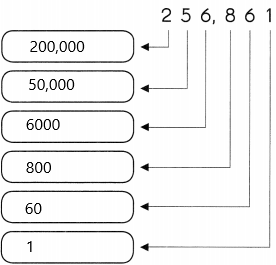
Complete.
In 346,812:
Question 5.
the digit 3 stands for ____
Answer:
Place value in Maths describes the position or place of a digit in a number. Each digit has a place in a number. When we represent the number in general form, the position of each digit will be expanded. Those positions start from a unit place or we also call it one’s position. The order of place value of digits of a number of right to left is units, tens, hundreds, thousands, ten thousand, a hundred thousand, and so on.
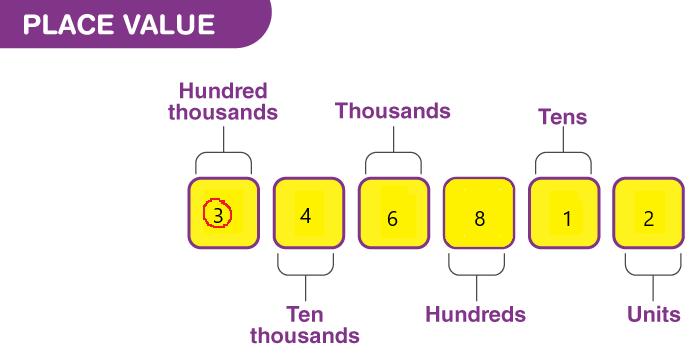
The digit 3 stands for a hundred thousand.
Question 6.
the digit 6 stands for ____
Answer:
Place value in Maths describes the position or place of a digit in a number. Each digit has a place in a number. When we represent the number in general form, the position of each digit will be expanded. Those positions start from a unit place or we also call it one’s position. The order of place value of digits of a number of right to left is units, tens, hundreds, thousands, ten thousand, a hundred thousand, and so on.

The digit 6 stands for thousand.
Write the value of the digit 2 in each number.
Question 7.
329,051 ____
Answer:
Place value in Maths describes the position or place of a digit in a number. Each digit has a place in a number. When we represent the number in general form, the position of each digit will be expanded. Those positions start from a unit place or we also call it one’s position. The order of place value of digits of a number of right to left is units, tens, hundreds, thousands, ten thousand, a hundred thousand, and so on.
1. Place value tells you how much each digit stands for
2. Use a hyphen when you use words to write 2-digit numbers greater than 20 that have a digit other than zero in the one’s place.
3. A place-value chart tells you how many hundreds, tens, and ones to use.
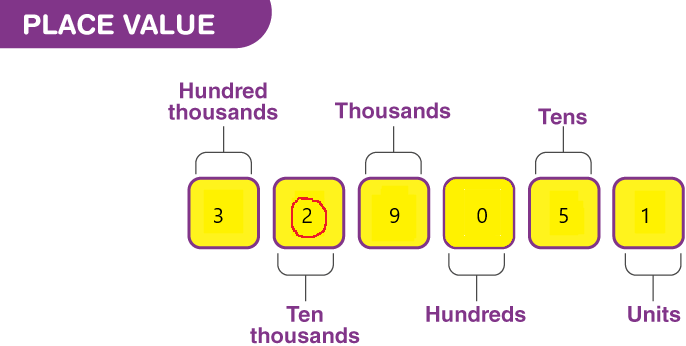
The value of digit 2 is 20,000 because it represents the ten thousand places.
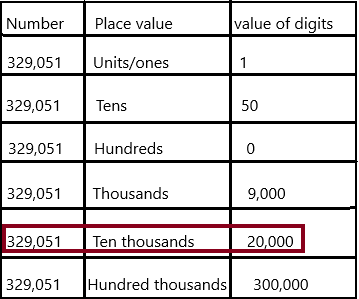
Question 8.
903,521 ____
Answer:
Place value in Maths describes the position or place of a digit in a number. Each digit has a place in a number. When we represent the number in general form, the position of each digit will be expanded. Those positions start from a unit place or we also call it one’s position. The order of place value of digits of a number of right to left is units, tens, hundreds, thousands, ten thousand, a hundred thousand, and so on.
1. Place value tells you how much each digit stands for
2. Use a hyphen when you use words to write 2-digit numbers greater than 20 that have a digit other than zero in the one’s place.
3. A place-value chart tells you how many hundreds, tens, and ones to use.

The value of digit 2 is 20 because it represents the tens place.
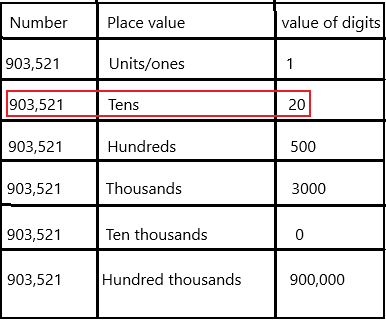
Question 9.
712,635 ___
Answer:
Place value in Maths describes the position or place of a digit in a number. Each digit has a place in a number. When we represent the number in general form, the position of each digit will be expanded. Those positions start from a unit place or we also call it one’s position. The order of place value of digits of a number of right to left is units, tens, hundreds, thousands, ten thousand, a hundred thousand, and so on.
1. Place value tells you how much each digit stands for
2. Use a hyphen when you use words to write 2-digit numbers greater than 20 that have a digit other than zero in the one’s place.
3. A place-value chart tells you how many hundreds, tens, and ones to use.
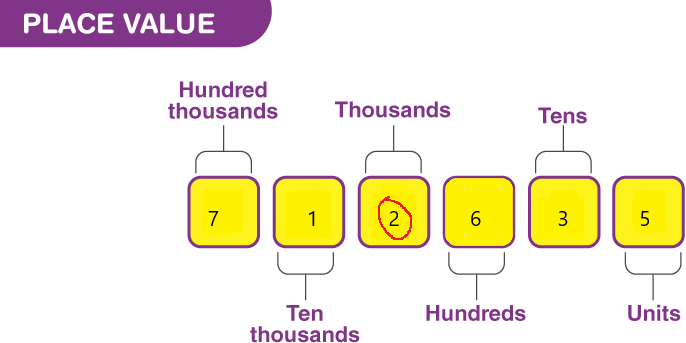
The value of digit 2 is 2000 because it represents the thousands place.
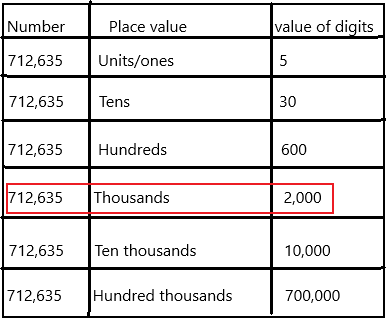
Question 10.
258,169 ____
Answer:
Place value in Maths describes the position or place of a digit in a number. Each digit has a place in a number. When we represent the number in general form, the position of each digit will be expanded. Those positions start from a unit place or we also call it one’s position. The order of place value of digits of a number of right to left is units, tens, hundreds, thousands, ten thousand, a hundred thousand, and so on.
1. Place value tells you how much each digit stands for
2. Use a hyphen when you use words to write 2-digit numbers greater than 20 that have a digit other than zero in the one’s place.
3. A place-value chart tells you how many hundreds, tens, and ones to use.
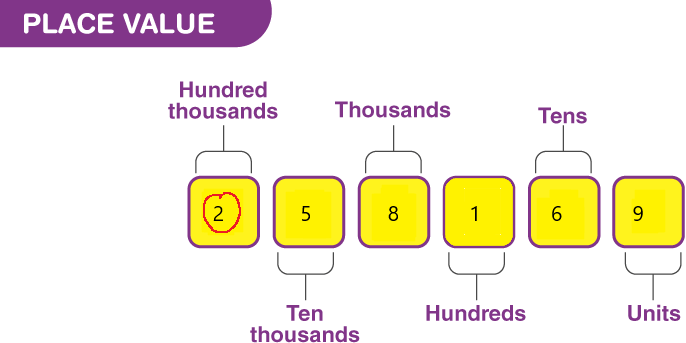
The value of digit 2 is 200,000 because it represents the hundred thousand place.
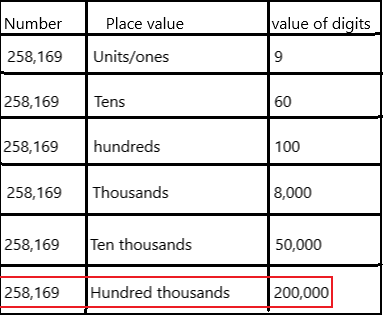
Complete.
Question 11.
In 320,1 87, the digit ___ is in the thousands place.
Answer: 0
1. Place value tells you how much each digit stands for
2. Use a hyphen when you use words to write 2-digit numbers greater than 20 that have a digit other than zero in the one’s place.
3. A place-value chart tells you how many hundreds, tens, and ones to use.
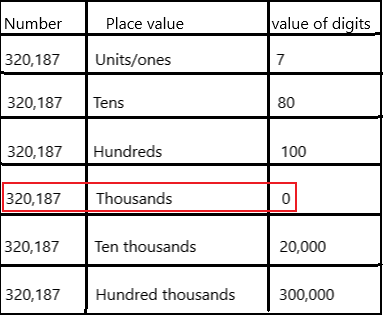
The value of digit present in the thousands place is 0.
Question 12.
In 835,129, the digit 8 is in the ____ place.
Answer: Hundred thousand place.
1. Place value tells you how much each digit stands for
2. Use a hyphen when you use words to write 2-digit numbers greater than 20 that have a digit other than zero in the one’s place.
3. A place-value chart tells you how many hundreds, tens, and ones to use.
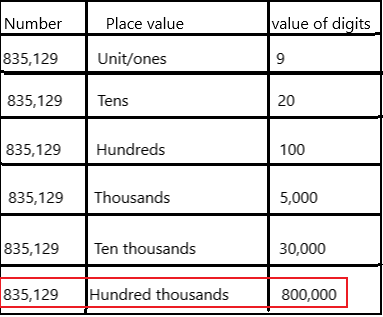
The place value of 8 in the given number is a hundred thousand and its digit value is 800,000.
Question 13.
In 348,792, the digit 4 is in the ____ place.
Answer: Ten thousand place.
1. Place value tells you how much each digit stands for
2. Use a hyphen when you use words to write 2-digit numbers greater than 20 that have a digit other than zero in the one’s place.
3. A place-value chart tells you how many hundreds, tens, and ones to use.
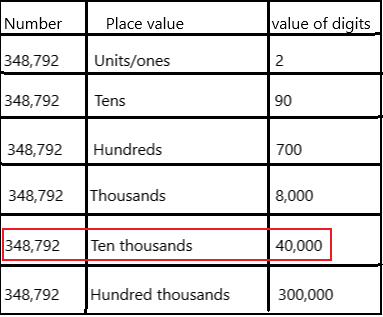
The place value of the 4 in the given number is ten thousands place and its digit value is 40,000.
Complete to express each number in expanded form.
Question 14.
153,420 = 100,000 + ___ + 3,000 + 400 + 20
Answer:
Expanded form definition: The expanded form of the numbers helps to determine the place value of each digit in the given number. It means that the expansion of numbers is based on the place value. The expanded form splits the number, and it represents the number in units, tens, hundreds and thousands form.
How to write numbers in expanded form:
Go through the below steps to write the numbers in expanded form:
Step 1: Get the standard form of the number.
Step 2: Identify the place value of the given number using the place value chart.
Step 3: Multiply the given digit by its place value and represent the number in the form of (digit × place value).
Step 4: Finally, represent all the numbers as the sum of (digit × place value) form, which is the expanded form of the number.
Now write the expanded form for the given number by using the above steps:
Step 1: The standard form of the number is 153,420.
Step 2: The place value of the given number is:
1 – Hundred thousand
5 – Ten thousand
3 – Thousands
4 – Hundreds
2 – Tens
0 – Ones
Step 3: Multiply the given number by its place value.
(i.e., 1×100,000, 5×10,000, 3×1000, 4×100, 2×10, 0×1
Step 4: Expanded form is 100,000+50,000+3000+400+20+0
Finally, the expanded form of the number 100,000+50,000+3000+400+20+0.
Question 15.
760,300 = ____ + 60,000 + 300
Answer: 700,000
Expanded form definition: The expanded form of the numbers helps to determine the place value of each digit in the given number. It means that the expansion of numbers is based on the place value. The expanded form splits the number, and it represents the number in units, tens, hundreds and thousands form.
Step 1: The standard form of the number is 760,300.
Step 2: The place value of the given number is:
7 – Hundred thousand
6 – Ten thousand
0 – Thousands
3 – Hundreds
0 – Tens
0 – Ones
Step 3: Multiply the given number by its place value.
(i.e., 7×100,000, 6×10,000, 0×1000, 3×100, 0×10, 0×1
Step 4: Expanded form is 700,000+60,000+0+300+0+0
Finally, the expanded form of the number 700,000+60,000+300.
Question 16.
700,000 + 8,000 + 500 + 4 = ____
Answer: 708,504
Expanded form definition: The expanded form of the numbers helps to determine the place value of each digit in the given number. It means that the expansion of numbers is based on the place value. The expanded form splits the number, and it represents the number in units, tens, hundreds and thousands form.
Step 1: The standard form of the number is 760,300.
Step 2: The place value of the given number is:
7 – Hundred thousand
0 – Ten thousand
8 – Thousands
5 – Hundreds
0 – Tens
4 – Ones
Step 3: Multiply the given number by its place value.
(i.e., 7×100,000, 0×10,000, 8×1000, 5×100, 0×10, 4×1
Step 4: Expanded form is 700,000+0+8000+500+0+4
Finally, the expanded form of the number 700,000+8000+500+4.
The number is 708,504.
Question 17.
200,000 + 2,000 + 10 = ____
Answer:
Expanded form definition: The expanded form of the numbers helps to determine the place value of each digit in the given number. It means that the expansion of numbers is based on the place value. The expanded form splits the number, and it represents the number in units, tens, hundreds and thousands form.
Step 1: The standard form of the number is 202,010.
Step 2: The place value of the given number is:
2 – Hundred thousand
0 – Ten thousand
2 – Thousands
0 – Hundreds
1 – Tens
0 – Ones
Step 3: Multiply the given number by its place value.
(i.e., 2×100,000, 0×10,000, 2×1000, 0×100, 1×10, 0×1
Step 4: Expanded form is 200,000+0+2000+0+10+0
Finally, the expanded form of the number 200,000+2000+10
The number is 202,010.
Complete. Use the place-value chart.

In 1,508,369.
Question 18.
a. the digit 1 stands for ____
Answer:
In Mathematics, place value charts help us to make sure that the digits are in the correct places. To identify the positional values of numbers accurately, first, write the digits in the place value chart and then write the numbers in the usual and the standard form.

The place value of the 1 in the given number 1,508,369 is millions.
b. the value of the digit 1 is ____
Answer: 1,000,000.
1. Place value tells you how much each digit stands for
2. Use a hyphen when you use words to write 2-digit numbers greater than 20 that have a digit other than zero in the one’s place.
3. A place-value chart tells you how many hundreds, tens, and ones to use
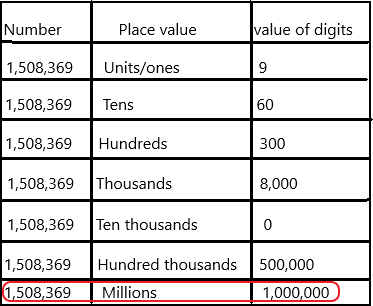
The value of digit of 1 in the given number 1,508,369 is 1,000,000.
Complete
Question 19.
a. the digit 8 stands for _____
Answer: Thousands place.
In Mathematics, place value charts help us to make sure that the digits are in the correct places. To identify the positional values of numbers accurately, first, write the digits in the place value chart and then write the numbers in the usual and the standard form.

The place value of 8 in the given number 1,508,369 is thousand place.
b. the value of the digit 8 is ________________
Answer: 8000
1. Place value tells you how much each digit stands for
2. Use a hyphen when you use words to write 2-digit numbers greater than 20 that have a digit other than zero in the one’s place.
3. A place-value chart tells you how many hundreds, tens, and ones to use.
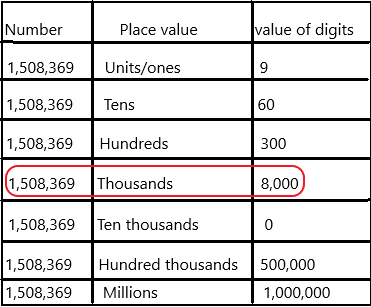
The value of digit 8 in the given number 1,508,369 is 8000.
Question 20.
the digit 0 is in the ___ place.
Answer:
In Mathematics, place value charts help us to make sure that the digits are in the correct places. To identify the positional values of numbers accurately, first, write the digits in the place value chart and then write the numbers in the usual and the standard form.

The digit 0 in the given number 1,508,369 is ten thousands place.
Write the value of each digit in the correct box.
Question 21.
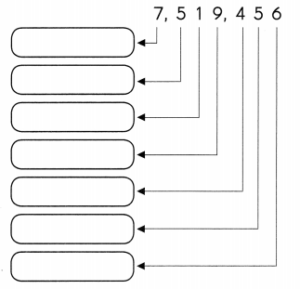
Answer:
Place value in Maths describes the position or place of a digit in a number. Each digit has a place in a number. When we represent the number in general form, the position of each digit will be expanded. Those positions start from a unit place or we also call it one’s position. The order of place value of digits of a number of right to left is units, tens, hundreds, thousands, ten thousand, a hundred thousand, and so on.
1. Place value tells you how much each digit stands for
2. Use a hyphen when you use words to write 2-digit numbers greater than 20 that have a digit other than zero in the one’s place.
3. A place-value chart tells you how many hundreds, tens, and ones to use.
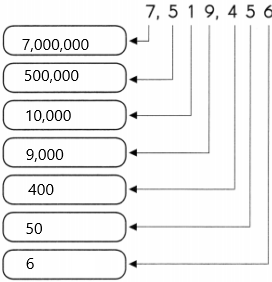
Complete
Question 22.
In 5,420,000, the digit 5 is in the ____ place.
Answer: Millions place.
1. Place value tells you how much each digit stands for
2. Use a hyphen when you use words to write 2-digit numbers greater than 20 that have a digit other than zero in the one’s place.
3. A place-value chart tells you how many hundreds, tens, and ones to use.

The place value of the 5 in the given number 5,420,000 is millions place.
Question 23.
In 1,077,215, the digit in the hundred thousand place is ____
Answer: 0
1. Place value tells you how much each digit stands for
2. Use a hyphen when you use words to write 2-digit numbers greater than 20 that have a digit other than zero in the one’s place.
3. A place-value chart tells you how many hundreds, tens, and ones to use.

In the given number 1,077,215, the hundred thousand place is 0.
Question 24.
In 9,400,210, the digit 9 stands for _____
Answer: Millions place.
1. Place value tells you how much each digit stands for
2. Use a hyphen when you use words to write 2-digit numbers greater than 20 that have a digit other than zero in the one’s place.
3. A place-value chart tells you how many hundreds, tens, and ones to use.

The place value of the 9 in the given number 9,400,210 is millions place.
Complete to express each number in expanded form.
Question 25.
4,130,000 = ___ + 100,000 + 30,000
Answer: 4,000,000
Expanded form definition: The expanded form of the numbers helps to determine the place value of each digit in the given number. It means that the expansion of numbers is based on the place value. The expanded form splits the number, and it represents the number in units, tens, hundreds and thousands form.
Step 1: The standard form of the number is 4,130,000.
Step 2: The place value of the given number is:
4 – Millions
1 – Hundred thousand
3 – Ten thousand
0 – Thousands
0 – Hundreds
0 – Tens
0 – Ones
Step 3: Multiply the given number by its place value.
(i.e., 4×1,000,000, 1×100,000, 3×10,000, 0×1000, 0×100, 0×10, 0×1)
Step 4: Expanded form is 4,000,0000+100,000+30,000+0+0+0+0
Finally, the expanded form of the number 4,000,0000+100,000+30,000
The number is 4,130,000.
Question 26.
6,123,750 = 6,000,000 + 100,000 + 20,000 + 3,000 + 700 + ____
Answer: 50
Expanded form definition: The expanded form of the numbers helps to determine the place value of each digit in the given number. It means that the expansion of numbers is based on the place value. The expanded form splits the number, and it represents the number in units, tens, hundreds and thousands form.
Step 1: The standard form of the number is 6,123,570.
Step 2: The place value of the given number is:
6 – Millions
1 – Hundred thousand
2 – Ten thousand
3 – Thousands
5 – Hundreds
7 – Tens
0 – Ones
Step 3: Multiply the given number by its place value.
(i.e., 6×1,000,000, 1×100,000, 2×10,000, 3×1000, 7×100, 5×10, 0×1)
Step 4: Expanded form is 6,000,0000+100,000+20,000+3,000+700+50+0
Finally, the expanded form of the number 6,000,0000+100,000+20,000+3,000+700+50
The number is 6,123,750.
Question 27.
7,550,100 = 7,000,000 + ___ + 50,000 + 100
Answer: 500,000
Expanded form definition: The expanded form of the numbers helps to determine the place value of each digit in the given number. It means that the expansion of numbers is based on the place value. The expanded form splits the number, and it represents the number in units, tens, hundreds and thousands form.
Step 1: The standard form of the number is 7,550,100.
Step 2: The place value of the given number is:
7 – Millions
5 – Hundred thousand
5 – Ten thousand
0 – Thousands
1 – Hundreds
0 – Tens
0 – Ones
Step 3: Multiply the given number by its place value.
(i.e., 7×1,000,000, 5×100,000, 5×10,000, 0×1000, 1×100, 0×10, 0×1)
Step 4: Expanded form is 7,000,0000+500,000+50,000+0+100+0+0
Finally, the expanded form of the number 7,000,0000+500,000+50,000+100.
The number is 7,550,100.
Question 28.
5,000,000 + 200,000 + 7,000 + 70 = ____
Answer: 5,207,070.
Expanded form definition: The expanded form of the numbers helps to determine the place value of each digit in the given number. It means that the expansion of numbers is based on the place value. The expanded form splits the number, and it represents the number in units, tens, hundreds and thousands form.
Step 1: The standard form of the number is 5,207,070.
Step 2: The place value of the given number is:
5 – Millions
2 – Hundred thousand
0 – Ten thousand
7 – Thousands
0 – Hundreds
7 – Tens
0 – Ones
Step 3: Multiply the given number by its place value.
(i.e., 5×1,000,000, 2×100,000, 0×10,000, 7×1000, 0×100, 7×10, 0×1)
Step 4: Expanded form is 5,000,0000+200,000+0+7,000+0+70+0
Finally, the expanded form of the number 5,000,000+200,000+7,000+70
The number is 5,207,070.
Question 29.
3,000,000 + 20,000 + 9,000 + 100 + 5 = ____
Answer: 3,029,105.
Expanded form definition: The expanded form of the numbers helps to determine the place value of each digit in the given number. It means that the expansion of numbers is based on the place value. The expanded form splits the number, and it represents the number in units, tens, hundreds and thousands form.
Step 1: The standard form of the number is 3,029,105.
Step 2: The place value of the given number is:
3 – Millions
0 – Hundred thousand
2 – Ten thousand
9 – Thousands
1 – Hundreds
0 – Tens
5 – Ones
Step 3: Multiply the given number by its place value.
(i.e., 3×1,000,000, 0×100,000, 2×10,000, 9×1000, 1×100, 0×10, 5×1)
Step 4: Expanded form is 3,000,0000+0+20,000+9,000+100+0+5
Finally, the expanded form of the number 3,000,000+20,000+9,000+100+5
The number is 3,029,105.
Read the clues to find the number.
It is a 7-digit number.
The value of the digit 7 is 700.
The greatest digit is in the millions place.
The digit 1 is next to the digit in the millions place. The value of the digit 8 is 8 tens.
The value of the digit 3 is 3 ones.
The digit 5 is in the thousands place.
The digit 6 stands for 60,000.
Question 30.
The number is ____
Answer: 8,165,783
The greatest digit in the given clue is the number 8. So I kept 8 in the millions place.
The hundred thousand place is the digit 1. In the clue already given that 1 is next to the millions place.
The ten thousand place is the digit 6.
The thousands place is the digit 5.
The hundreds place is the digit 7.
The tens place is the digit 8.
The units place is the digit 3.


